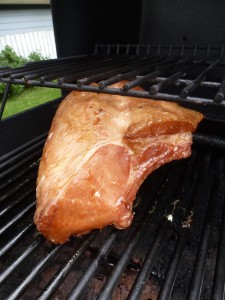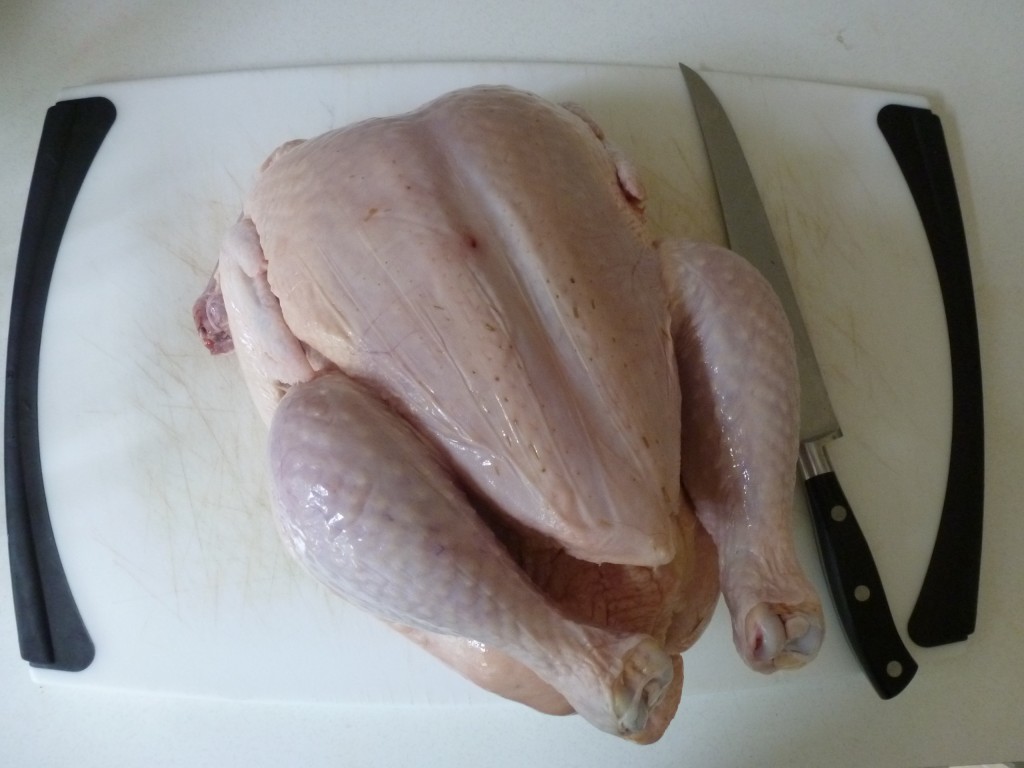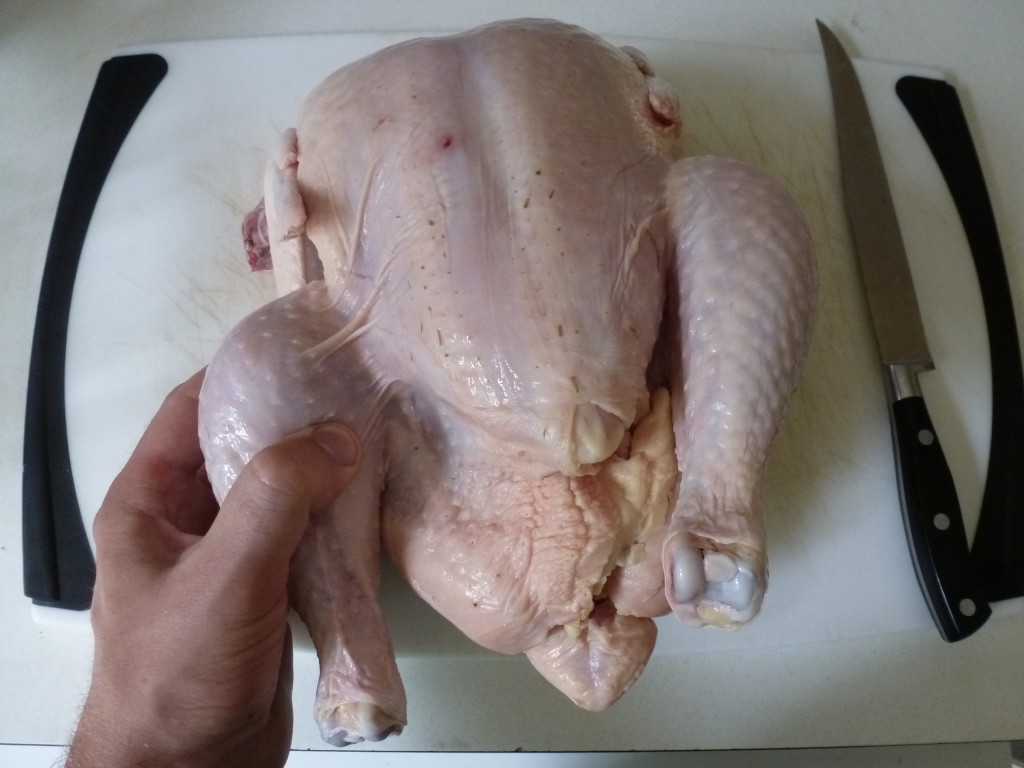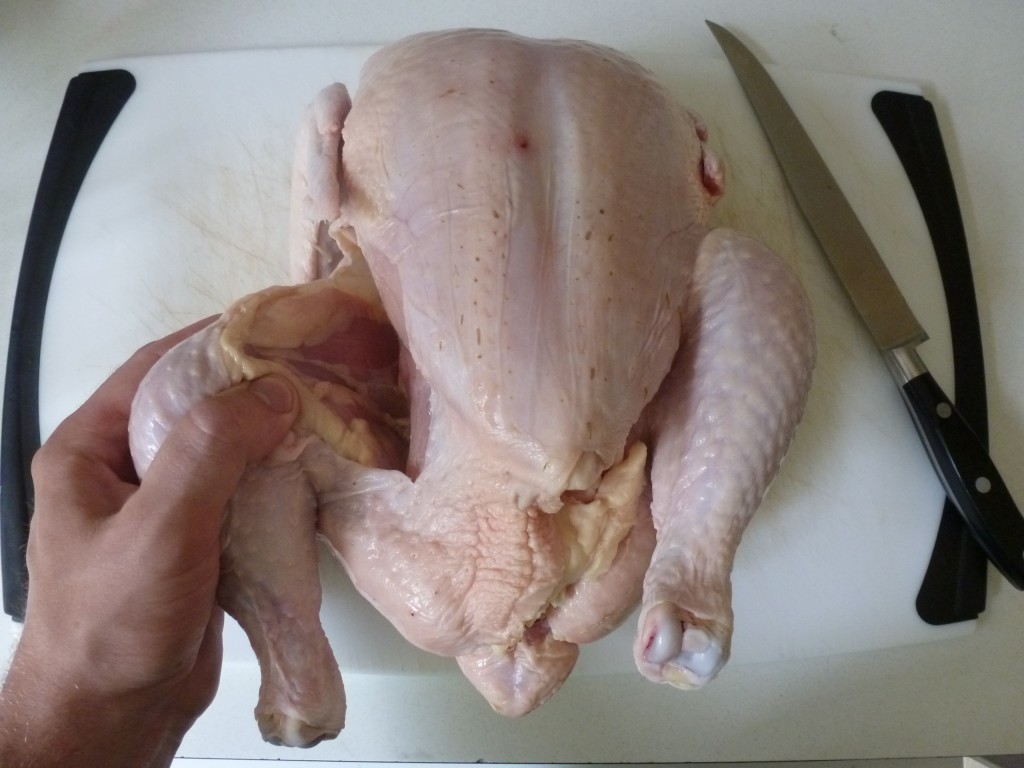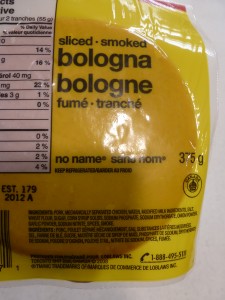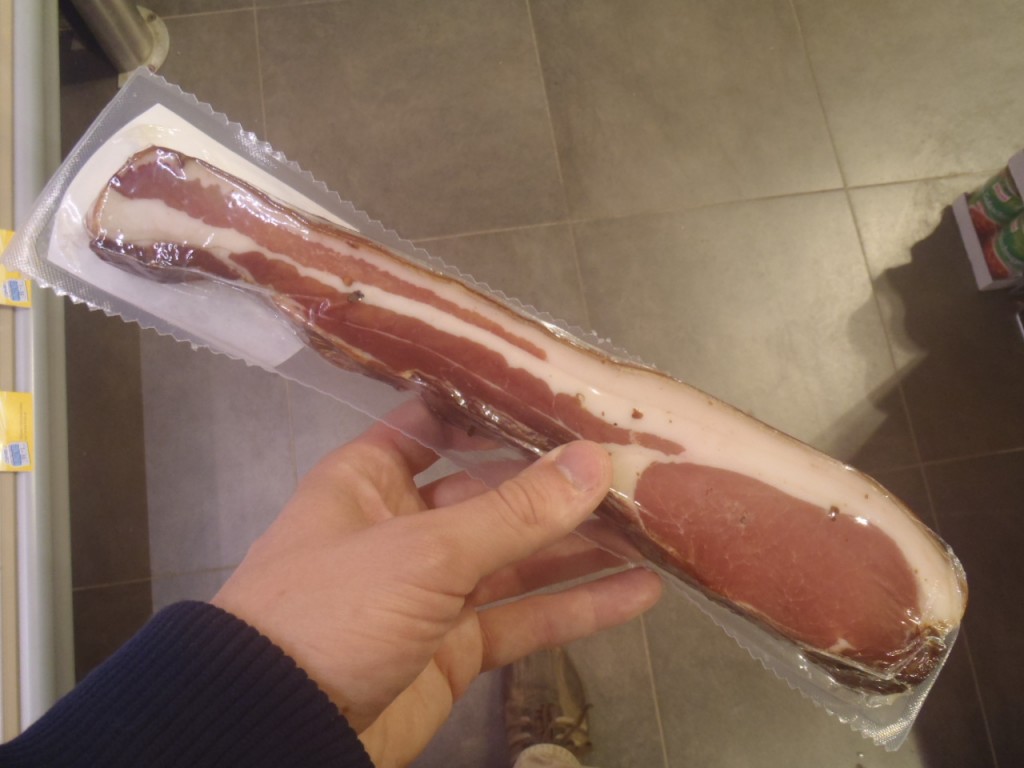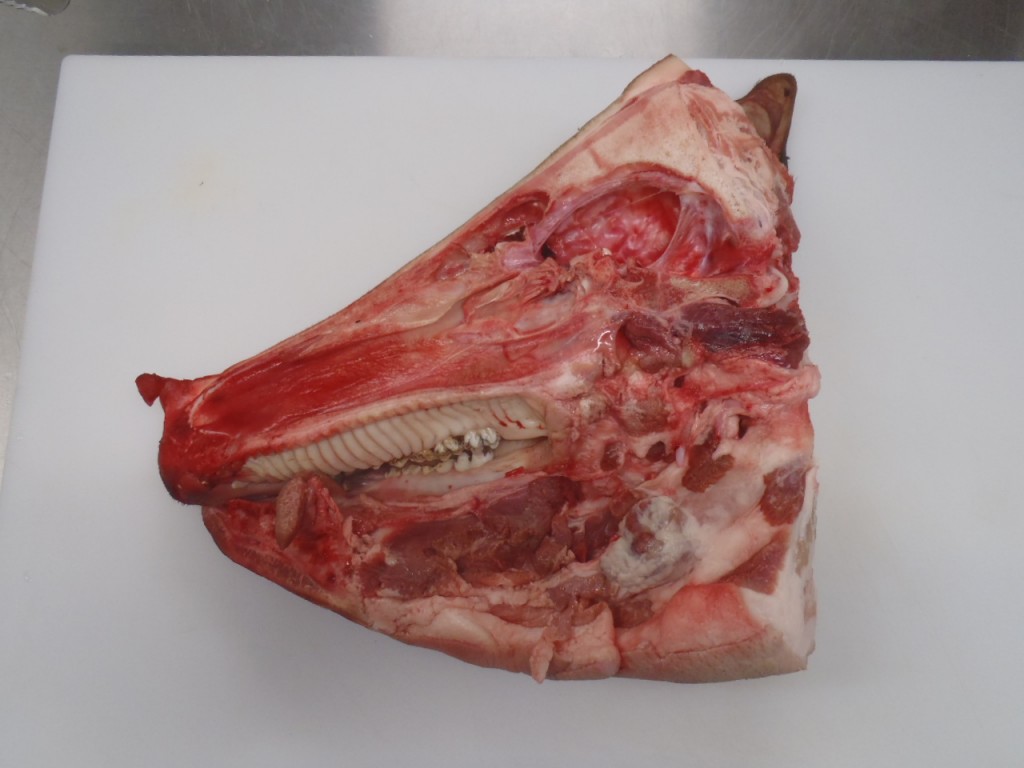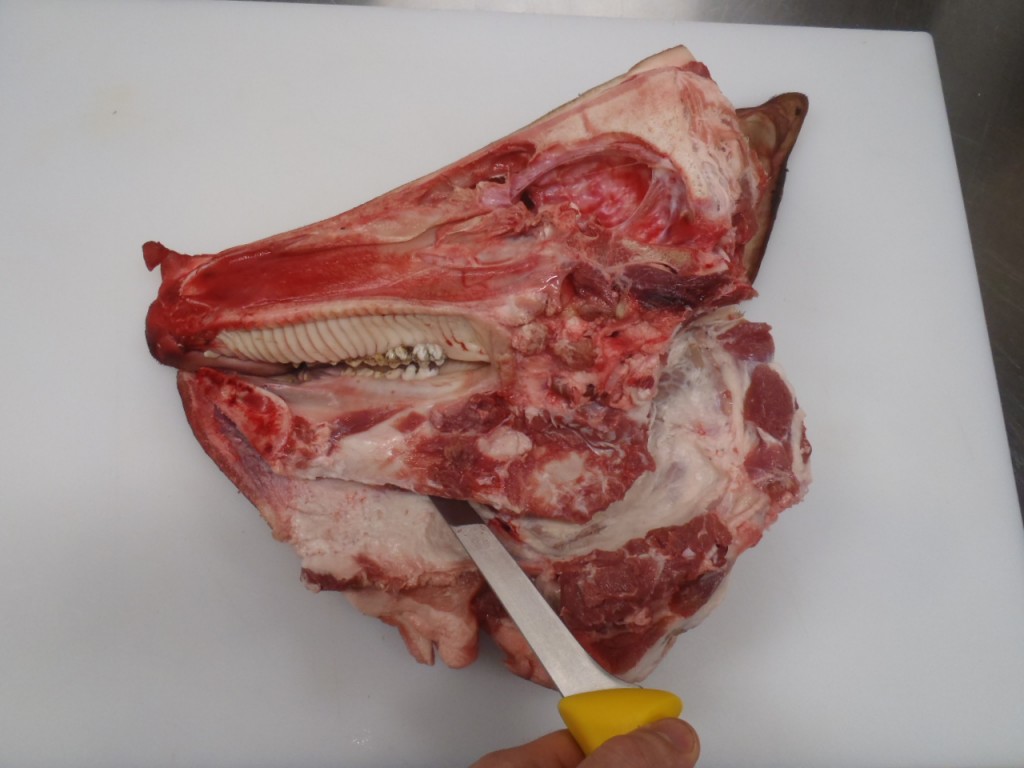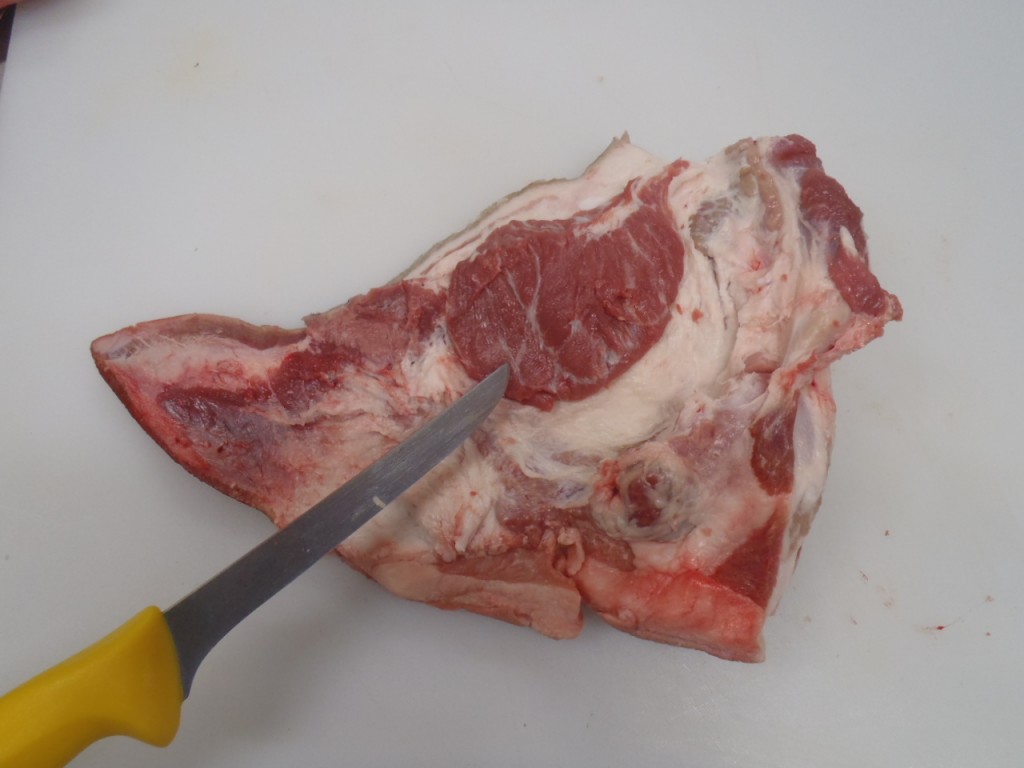I have a certain old friend. Technically we went to high school together, but I first got to know him in Lister Hall, then at the Kappa Alpha house on university row. He studied philosophy, and after graduation he followed a girl to Montreal. There he fell victim to many of the city’s seductions: strong beer, girls, and cocaine, yes, but above all these, smoked meat.
For a while he lived only a few blocks from Schwartz’s, that Mecca of Montreal smoked meat. For a while he ate there every day: a sandwich, a pickle, and a cherry coke.
Montreal smoked meat is that city’s answer to New York’s pastrami: beef, cured with a concoction of spices similar to those … Continue reading.

